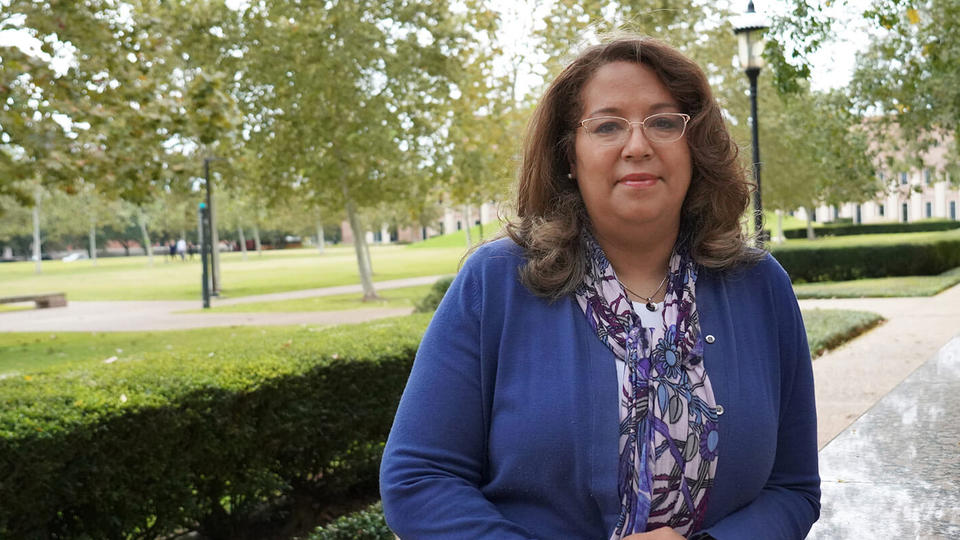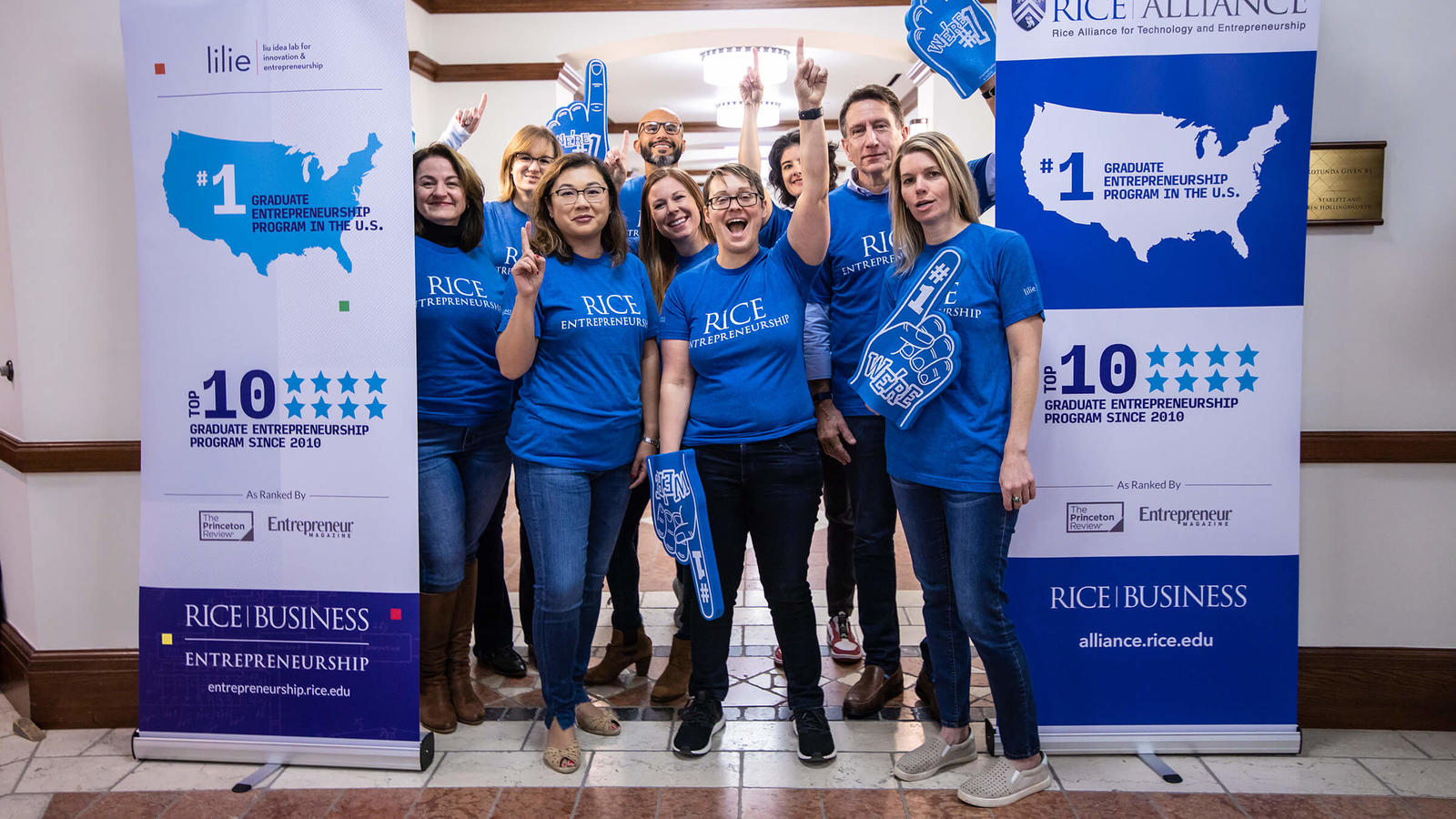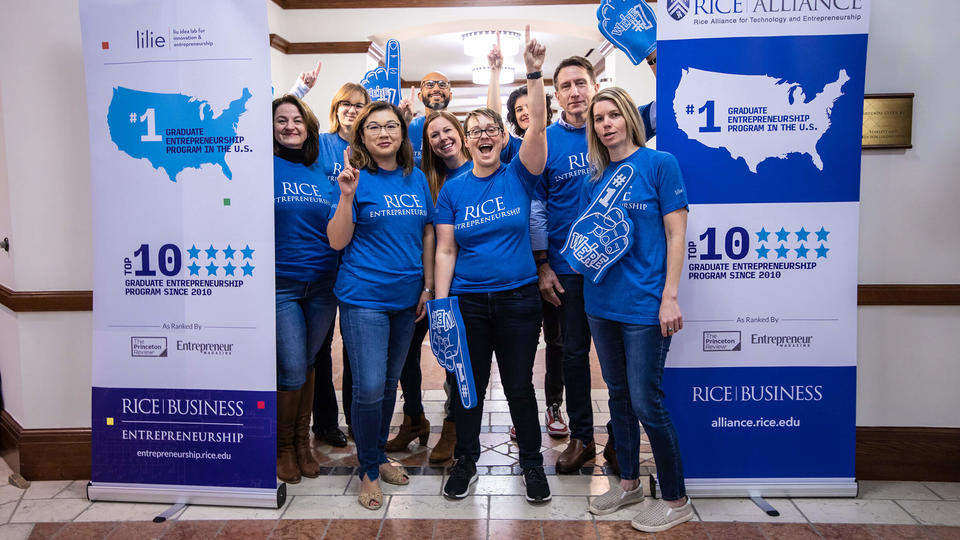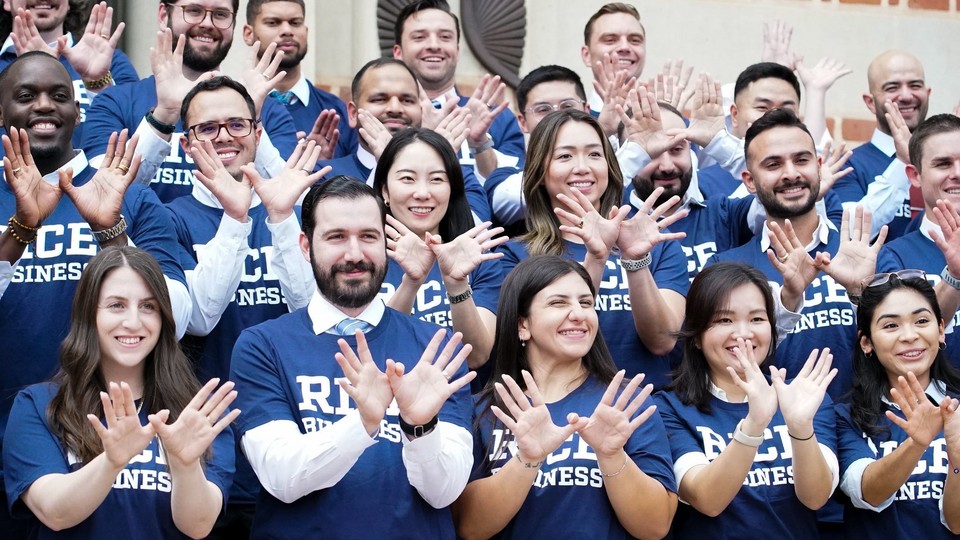For Whom The Whistle Blows
Are whistleblowers heroes or snitches?


By Jennifer (Jennie) Latson
Are Whistleblowers Heroes Or Snitches?
This article first appeared in the Houston Chronicle
What do we know about the whistleblower? Not THAT whistleblower, but whistleblowers in general. How do we view an individual who brings someone else’s (alleged) misdeeds to light?
President Donald Trump recently described one as “almost a spy.”
“You know what we used to do in the old days when we were smart? Right? The spies and treason, we used to handle it a little differently than we do now,” he said, according to audio obtained by the L.A. Times.
Others, meanwhile, defend whistleblowers — sometimes literally. “We must protect those who demonstrate the courage to report alleged wrongdoing, whether on the battlefield or in the workplace,” Joseph Maguire, the acting director of national intelligence, said at a September hearing.
Whether you see a whistleblower as a hero entitled to legal protection or a snitch who should be outed (and possibly convicted of treason) may depend on where you stand politically. It may also depend on whether the whistle is pointed in your direction.
“For people who wish to encourage whistleblowing, then whistleblowers can be heroic,” says Duane Windsor, a management professor at Rice University’s Jones Graduate School of Business. “People who are being reported on typically try to dismiss and vilify whistleblowers.”
Whistleblowers have met with ambivalence throughout the history of whistleblowing — and that history is a long one. Policies enabling the rank and file to expose wrongdoing by people in power have been in place since Beowulf battled Grendel. “Qui tam” provisions — short for the Latin phrase “qui tam pro domino rege quam pro se ipso in hac parte sequitur,” meaning “He who sues on behalf of our Lord the King and on his own behalf” — date as far back as the early Middle Ages, according to Tom Mueller, author of “Crisis of Conscience: Whistleblowing in an Age of Fraud.”
In what’s considered to be the first of the qui tam laws, King Wihtred of Kent declared in 695 A.D. that anyone caught working on the Sabbath would be fined — and whoever turned him in was entitled to half the fine. Because medieval kings didn’t have a standing police force, Mueller explains, it made sense to incentivize private citizens to do the policework. But that meant the earliest whistleblowers were essentially bounty hunters spying on their neighbors. And it didn’t make them popular in the community, particularly when they brought down its pillars. (“William Shakespeare’s father was sued, and perhaps ruined, by qui tam informers who accused him of usury and the illicit sale of wool,” Mueller writes.)
Bounties are the most controversial element of many whistleblowing laws — including our own False Claims Act, originally passed in 1863 after war profiteers swindled the Union Army by, among other things, passing sawdust off as gunpowder and selling the same horses several times. By that time, England was phasing out its own qui tam laws, since the cash reward was seen as overly corrupting, particularly for a policy meant to rout corruption. Some informers resorted to entrapment to get their share of the fine; others simply lied, according to Randy Beck, a law professor and associate dean at the University of Georgia.
In the U.S., however, the False Claims Act still rewards whistleblowers for exposing fraud against the government. Sherry Hunt, who blew the whistle on mortgage fraud at Citigroup in 2011, was awarded $30 million of the $158 million settlement Citigroup ultimately paid. The IRS also pays informers who report tax dodgers, while those who report securities fraud are entitled to payment under the 2010 Dodd-Frank Wall Street Reform and Consumer Protection Act.
And even profit-motivated whistleblowers can produce useful tips, Windsor argues. If anything, they’re more essential today than in medieval England, since scams are getting more complicated and harder for regulators to uncover without help from the inside. A 2018 PricewaterhouseCoopers survey found that nearly 30 percent of corporate fraud detection came via tip-offs by an internal source or from anonymous whistle-blowing hotlines.
“There may be some division of opinion about motive: unrewarded reporting is heroic; rewarded reporting is somewhat less noble or even mercenary,” Windsor says. “I do not agree. We need whistleblowers, whether heroic or mercenary. Both channels are socially valuable.”
Windsor teaches his Rice MBA students the case studies of two different whistleblowers: Sherry Hunt at Citigroup and Sherron Watkins at Enron. While Hunt went directly to the feds, Watkins blew the whistle internally, alerting Enron CEO Kenneth Lay to her discovery of widespread accounting fraud at the company. Instead of earning a reward, however, she became a pariah at the company; the CFO tried to have her fired. After Enron’s abuses became public, Congress passed the Sarbanes-Oxley Act, which includes unprecedented protection for whistleblowers like Watkins, making it a felony to retaliate against them and holding executives personally liable when they do.
“Whistleblowing can be difficult and risky, at best,” Windsor says. “It seems to me that cash awards are in order. We want to encourage whistleblowers in as many ways as possible.”
The alternative, of course, is to witness wrongdoing and say nothing. And far greater numbers of people choose this path — what management scholar Margaret Heffernan refers to by the legal term “willful blindness.” In fact, Heffernan says, when researchers surveyed employees at American corporations, 85 percent said they were aware of problems at work that they were too afraid to mention.
In a world without whistleblowers, we’d go on buying the same horses over and over, or worse, investing in Enron. But even with the promise of a cash reward, few people are willing to endanger their career by speaking out — and risk being called a spy or a traitor for their trouble.
Jennifer Latson is an editor at Rice Business and the author of “The Boy Who Loved Too Much.”
Never Miss A Story
Keep Exploring
Diversity, Equity and Inclusion at Rice
The research shows it: the best business decisions are informed by a multitude of perspectives. If you're looking for a business school where you will be taken care of, taken seriously, where you can be who you are and the person you want to become, apply to Rice Business.

Admissions Vlog: The Rice MBA: Diverse Perspectives in Business
At Rice Business, we highly regard Diversity and Equity in our approach towards all students. We believe that fostering a diverse and inclusive community not only enriches the educational experience but also prepares our students to thrive in an increasingly global and interconnected world. We are committed to creating an environment where individuals from all backgrounds feel valued, respected, and empowered to succeed. Through our diverse perspectives and experiences, we cultivate innovation, creativity, and excellence in business leadership.
If you are seeking an MBA Program that prioritizes your well-being, treats you with the utmost respect, and embraces your true self and aspirations, then the Rice MBA Program is the ideal choice for you.
Meet Lina Bell, our Executive Director for Diversity, Equity, and Inclusion at Rice Business. Learn about her approach to DEI and diversity at Rice Business.
Interested in Rice Business?
Find our Admission Blogs on the Rice Business YouTube Channel.
You May Also Like
Accidental Tourist
What if companies view the world as explorers do?


Based on research by Erik Dane and Kevin W. Rockmann
What if companies view the world as explorers do?
- Our daily work life can benefit from what we gain from the novelty and challenges of travel.
- Work, like travel, should involve fresh ways of interacting with our environment.
- Organizations can build conditions that help workers maintain a traveler’s mentality, in part by shedding existing labels and categories.
You’re walking to a tea ceremony in Kyoto. You look at the wet pebbles along the road, the raindrops in the half-light. A tea master beckons you into the tea house. You feel the tatami mat under your feet. No one speaks your language. You’re there for the ceremony, but you’re not sure exactly what’s happening. The candlelight flickers. You find yourself transfixed not only by the tea master’s gestures, but also by the steam from the pot of tea and the tat, tat, tat of water on the roof.
Such are the exquisite, sometimes confusing sensations of travel. In those moments, our minds grow clear of thoughts about past failures and future worries. Our brains operate in a different way than they do in the routine office life of emails, PowerPoint slides and conference calls. And it’s possible to bring that traveler’s perspective to the workplace.
In fact, in a recent paper, former Rice Business Professor Erik Dane and colleague Kevin W. Rockmann of George Mason University argue that managers and their employees would benefit from experiencing the workday in ways akin to the experience of traveling. Cultivating the surprise and humility of travel, when we are forced to constantly come to terms with what we witness, is especially critical, Dane says.
Dane argues that, ideally, people can develop novel ways of understanding and engaging with their normal work experience.
For example, workers in a given company might view the annual performance evaluation process simply as an occasion for judgment and critique. In the mindful state of a traveler, however, one may be able to view it instead through a number of other lenses: a chance to hear useful feedback, offer suggestions to the boss or launch a talk about higher pay.
Just as there’s a profound difference between ticking off a checklist for an office project and engaging in deep research, there is a vast distinction between tourism and travel. Both in the office and on a journey, Dane writes, unique changes can occur when we toss the guidebook.
One key approach, Dane says, is immersion. Literature on student travel abroad indicates that participants show more personal development, improvement in their own language and greater cultural competence than those who chose not to travel. This points to the value of expat assignments for workers as a valuable way to boost mindfulness and the cognitive skills that come with facing new environments.
But visiting new places is not the only way to find a transformative mix of wonder and disorientation, Dane writes. To the contrary: organizations can create conditions that inspire this. Most workers, for example, are saddled with practices — daily commuting routes, patterns of information sharing, decision-making procedures — that they largely take for granted. Organizations can change that by pushing people to think more actively about the details of where, when and how they perform their jobs — and whether those routines are the best ones. Trying such thought exercises, even in the dullest conference room or cubicle, can jump-start the alertness we usually associate with visiting new places.
Cultivating a traveler’s mind, though, is not just for new employees or rank-and-file workers. A traveler’s mindset can also improve performance at the top, Dane suggests. Senior managers can be especially prone to cognitive rigidity — stale, risk-averse thinking — that can erode adaptability and success.
To truly launch an organization toward the horizon, Dane argues, senior managers need to do more than coax a traveler’s eye from their subordinates. Leaders need to modify their own routines, actively seeking out techniques that sharpen their own vision: of their workers, the spaces where employees spend most waking hours and the unspoken rituals and beliefs guiding everything their business does.
Erik Dane is a former professor of management at Jones Graduate School of Business at Rice University.
To learn more, please see: Dane, E. & Rockmann, K. W. (2018). Traveler’s mind: A narrative-based account of working and living mindfully. Journal of Management Inquiry, 1–8.
Never Miss A Story
You May Also Like
Keep Exploring
Walking on the Edge: Artistic Directors Define Risk
In Rice University Business School professor Vikas Mittal’s studies on customer loyalty, he found that sometimes the customer’s relationship with the company and people creating the product was more important than the individual product, that “Customers who liked a company and its employees were more forgiving about perceived glitches in satisfaction.”
The Total Cost To Attend A Top-25 MBA Program Keeps Rising
Earning an MBA can be expensive, especially from a top school. While financial aid, grants, fellowships and scholarships are available, the price tag may feel daunting. But recent surveys prove that an MBA will further your salary potential. Rice Business ranks as the 8th most affordable MBA in the top 25 with the best ROI and starting salaries.
When Power Feels Precarious, Trust Falls Apart
Leaders who fear losing power are far more likely to distrust their colleagues — even when those colleagues are loyal and cooperative.


Based on research by Marlon Mooijman, Wilco W. van Dijk, Eric van Dijk and Naomi Ellemers
Key findings:
- Trust is vital to running a business: Managers need to be able to trust employees to comply with instructions and keep the company’s best interests in mind.
- Without trust, workplace productivity, reciprocity and cooperation break down.
- Leaders who perceive their power is unstable are more likely to distrust their workers.
While U.S. soldiers battled in Vietnam, inside the White House, President Lyndon Johnson grew increasingly suspicious of those closest to him. The legendary political dealmaker now believed that any opposition to the war was part of a conspiracy against him; aides who questioned his policy might be part of it. According to research using newly available interviews and telephone transcripts, Johnson’s distrust may have been triggered by the very experience of being in power.
But how, exactly? In a recent paper, Rice Business professor Marlon Mooijman and a team of colleagues delve deeply into the interaction of power and trust, seeking answers about when and why wielding power degrades leaders’ belief in those around them.
The question has deep implications not only in politics, but also in business. “Managers must trust employees’ willingness to comply with instructions and keep the company’s best interest in mind,” Mooijman notes. Without that trust, past research shows, workplace productivity, reciprocity and cooperation break down. Leaders who successfully craft trusting bonds with their coworkers and employees, on the other hand, are more effective than those who don’t.
To learn why leaders might abandon that trust, Mooijman’s team set up four studies. First, though, they had to establish a working definition of trust. Trust, they proposed, is the willingness to be vulnerable to another party’s actions, based on the expectation that the other party will perform a specific action important to the truster — even without the truster’s ability to monitor or control the activity. Essential to a trusting relationship: the expectation of the other party’s goodwill, and the willingness to expose themselves to possible exploitation if that goodwill fails.
Whether you work in an indie coffee shop or a giant software company, most workers can name a leader who lacks that kind of trust. Many also have had the good luck of a leader who isn’t lacking in that department. The difference between such managers, Mooijman’s team found, may be the stability of their power.
There are plenty of reasons for wanting to keep power, obviously. In relationships, power holders are able to disregard others’ wishes and pursue their own. Within the individual, power boosts self-esteem and encourages behaviors such as expressing amusement and happiness. Less obvious, however, is the effect of fearing a loss of power. Leaders whose power feels unstable experience this physically, with changes in heart rate and blood pressure. They have a heightened awareness of colleagues they perceive as threats, and are more prone to divide coworkers and disrupt their alliances.
When power holders or leaders perceive their power to be unstable, it’s that prospect of power loss that erodes their trust in those around them, even helpful and often unsuspecting colleagues. So strong is this effect that it occurs even when the loss of power comes with an economic benefit, Mooijman notes. “Unstable power decreases trust,” the team found, “regardless of whether we provided participants with a justification of their unstable position.”
To reach their conclusions, Mooijman’s team first surveyed 206 participants assembled through Amazon’s Mechanical Turk software. Each participant was randomly assigned a power ranking (high or low) and asked to imagine being a VP of sales at a mid-sized firm. Some were told that as part of a productivity initiative they would be reassigned to other divisions. The participants were then asked to rank their perception of their power at their firm and their perception of their job stability there. Regardless of whether their job reassignment was explained or not, the researchers found, the participants who perceived their jobs — that is, their power — to be unstable showed more mistrust of their coworkers.
A final study, a field experiment with real life managers and subordinates, reinforced these findings. Managers in positions of relatively high power who perceived their jobs were unstable were more prone to voice distrust about their subordinates.
While instability is built into political careers, Mooijman’s findings have practical implications in other industries. For example, the common practice of moving workers between departments, meant to build insight and productivity, may backfire. Instead of strengthening team spirit, the strategy will likely foment distrust. Similarly, at high levels of power, emphasizing job instability with tactics such as high-stakes, winner-take-all performance metrics might be counterproductive.
Power doesn’t always erode trust, the researchers found. Leaders who felt their power was secure didn’t show the same level of suspicion as those who felt their roles were insecure. But when power seems fragile, the research revealed, even the most seasoned leaders are prone to abandon trust in their colleagues and see work as a battlefield.
Mooijman, et al. “Leader power, power stability, and interpersonal trust.” Organizational Behavior and Human Decision Processes 152 (2019): 1-10.
Never Miss A Story
You May Also Like
Keep Exploring
Rice’s graduate entrepreneurship program ranked No. 1 in US
Rice University and its Jones Graduate School of Business have the No. 1 graduate entrepreneurship program in the U.S., according to the 2020 rankings announced today by the Princeton Review and Entrepreneur magazine.


Rice University and its Jones Graduate School of Business have the No. 1 graduate entrepreneurship program in the U.S., according to the 2020 rankings announced today by the Princeton Review and Entrepreneur magazine. This marks the first time the Rice program has topped this category, its fourth time in a top 3 position nationally and the 11th year in a row the school has been ranked in the top 10.
The Princeton Review tallied its 2020 rankings based on a survey of leaders at more than 300 schools offering entrepreneurship studies. The 60-question survey covered the schools’ commitment to entrepreneurship studies inside and outside the classroom. Topics included the percentage of students taking entrepreneurship courses, the number and reach of mentorship programs, the number of startups founded by recent alumni and the cash prizes offered at school-sponsored business plan competitions. In all, more than 40 data points were analyzed to develop the rankings, which will be published in the December issue of Entrepreneur magazine.
“Entrepreneurship and the creation of new businesses and industries are critical to Houston and Texas’ future prosperity and quality of life,” said Rice Business Dean Peter Rodriguez. “Today’s ranking and our decades-long leadership in entrepreneurship education and outreach is a testament to our visionary and world-class faculty, the enormous success of the Rice Business Plan Competition and of our commitment to our students and the community we serve.”
The Rice entrepreneurship program was founded in 1978 by Rice Business’ nationally recognized faculty led by Al Napier and the late Edward Williams. Over the past decade alumni have created 535 businesses and raised $7.1 billion in funding, according to the school’s surveys. More than 80 percent of those companies are still operating.
Rice’s current offerings are university-wide and encompass renowned student- and community-facing efforts, from the Rice Alliance for Technology and Entrepreneurship, which launched in 2000, to the Liu Idea Lab for Innovation and Entrepreneurship (Lilie), which launched in 2015.
Since its founding, the Rice Alliance’s activities have benefited more than 2,400 startups that have raised more than $8 billion in funding. Over 52,000 investors and corporate and industry leaders have participated in Rice Alliance in Technology Venture Forums in energy and clean tech, digital technology and life sciences, and other programs.
The Rice Alliance’s Rice Business Plan Competition is the world’s richest and largest student startup competition. Forty-two startups from across the globe compete in front of over 300 investor and industry judges. The competition awarded more than $2.9 million in prizes in 2019 and is supported by more than 140 corporate, government and investor sponsors. Over the life of the competition, participating teams have successfully launched 229 companies and raised more than $2.3 billion in funding.
Rice’s startup accelerator, OwlSpark, was founded in 2013 and offers an intensive summer experience that provides teams of students, faculty and recent alumni with the education, mentorship, space and networking opportunities required to launch their companies. OwlSpark is managed by the Rice Alliance’s Kerri Smith and Jessica Fleenor.
The Rice Alliance is led by Managing Director Brad Burke, who has served in that role since 2001 and is also executive director of the Rice-based Global Consortium of Entrepreneurship Centers, which represents 250 university entrepreneurship programs around the globe. “The No. 1 ranking represents the culmination of the efforts of a lot of people over the past 20 years, both inside Rice and across the Houston community,” Burke said. “We are pleased that the Princeton Review and Entrepreneurship magazine recognize that those efforts have successfully built the top entrepreneurship program in the country.”
Lilie is a cross-disciplinary initiative to provide students from across the university with skills and knowledge to succeed in a world where entrepreneurial capabilities are increasingly critical for meaningful and influential careers. Lilie features a coworking space for students, graduate and undergraduate entrepreneurship courses and a variety of co-curricular activities and resources dedicated to supporting Rice students in entrepreneurial endeavors.
In recent years, Lilie has added a variety of classes to the repertoire available to graduate students. For example, in Healthcare Innovation and Entrepreneurship, students work in interdisciplinary teams comprised of engineering, business and medical students to build medical device startups. In January 2019, students were offered the Student Venture Fund course, where they identified, screened and evaluated startups for investment by the Rice venture capital fund, which has $2 million under management. In addition, the annual H. Albert Napier Rice Launch Challenge established in 2018 allows students to vie for over $65,000 in cash prizes through a series of workshops and three rounds of competition.
Lilie is led by Yael Hochberg, the Ralph S. O’Connor Professor in Entrepreneurship and Professor of Finance at Rice Business. Hochberg is among the leading experts on accelerator programs and entrepreneurial ecosystems and serves as managing director of the annual Seed Accelerator Rankings Project.
Rice Alumni | Entrepreneurs & Innovators, Rice’s alumni group for entrepreneurs, is an additional example of the full complement of innovative programs and opportunities graduate students have to translate ideas into action.
Rice is currently working with Houston and major corporations and organizations, such as the Texas Medical Center and NASA, to define and develop the future of technology and industry innovation in the city, and is developing the Midtown innovation district anchored by The Ion.
To view the complete rankings, visit https://www.princetonreview.com/business-school-rankings?rankings=top-25-entrepreneurship-grad.
For more information, contact Jeff Falk, director of national media relations at Rice, at 713-348-6775 or jfalk@rice.edu.
Follow Rice News and Media Relations via Twitter @RiceUNews.
Follow Rice Entrepreneurship and the Lilie program via Twitter @LilieLab and on Facebook at https://www.facebook.com/liuidealab.
Follow the Rice Alliance for Technology and Entrepreneurship via Twitter @RiceAlliance.
Follow the Jones Graduate School of Business via Twitter @Rice_Biz.
Related materials:
Rice Entrepreneurship: http://entrepreneurship.rice.edu.
Houston universities rank No. 1 for entrepreneurship studies
Houston is the best city for studying entrepreneurship in 2020, according to a report released Tuesday by the Princeton Review and Entrepreneur magazine. The University of Houston is the best undergraduate school for entrepreneurship studies in North America, and Rice University is the best graduate school.
Two Houston universities rank No. 1 in country for entrepreneurship programs
Two Houston universities — Rice University and the University of Houston — have been ranked as having the best graduate entrepreneurship program and the best undergraduate entrepreneurship program in the country, respectively.
The Princeton Review & Entrepreneur Name the Top Undergraduate & Graduate Schools for Entrepreneurship Studies for 2020
The University of Houston captured the #1 spot on the undergraduate entrepreneurship studies ranking list, up from the #2 last year. Rice University finished #1 on the graduate list, up from #3 last year. In all, 59 institutions made one or both of the lists.












